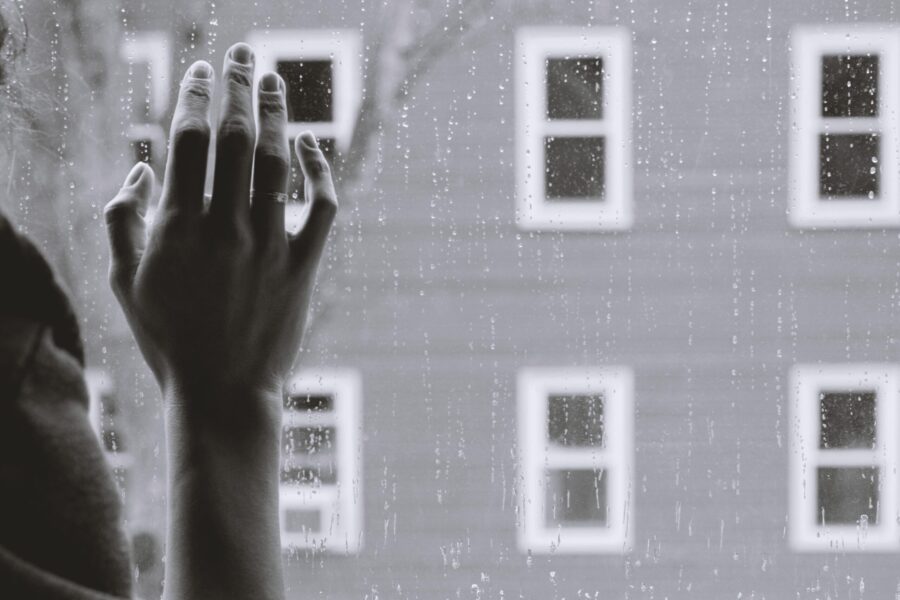Are Depression and Anxiety on the Rise? Or Are We Just Talking About Them More?
“Why does mental illness seem to be on the rise?”
An article in the Los Angeles Times responds to a reader’s question, explaining that many factors figure into the downturn in mental health: the 24-hour news cycle, social media, the pandemic, social isolation, climate change, racism, sexism, social inequality, and the list goes on. We all feel the stressors in modern society. But how do we objectively know things are getting worse?
Tracking mental health issues
In 1977, President Carter established a groundbreaking mental health commission that released a report outlining the need for research into the prevalence of mental health issues in the general population, and not just those in crisis currently being served in hospitals.
Since then, research into the general population has continued to be refined. Now the federal government conducts two large annual surveys, the “Centers for Disease Control’s National Health Interview Survey — for which 88,000 people nationally are randomly selected to participate, and which includes short questions about anxiety and depression symptoms — and the federal Substance Abuse and Mental Health Services Administration’s National Survey on Drug Use and Health.” SAMHSA surveys 67,000 people to identify substance abuse and mental health issues for Americans age 12 and up.
What these surveys have shown is that mental health issues are indeed on the rise. Between 2011 and 2015, emergency room visits related to depression and anxiety rose 28%. And during the pandemic, depression and anxiety symptoms doubled.
Factoring in social trends and public opinion
It is impossible to isolate these numbers from social trends, however. Ronald Kessler, a Harvard sociologist studying the social determinants of mental health from an epidemiological perspective, notes that “willingness to talk about this stuff has changed dramatically.” In the past decade and a half, he said, famous people have discussed their mental health struggles and suicidality very openly on talk shows.
This phenomenon would have “been almost unfathomable in the not-so-distant past,” the article notes, “when suicide attempts were quasi-illegal.”
As celebrities have become more transparent, public opinion is shifting as well. A 2019 poll showed that “87% of American adults agreed that having a mental health disorder is nothing to be ashamed of, and 86% said they believe people with mental health disorders can get better.” While anxiety and depression have been normalized, stigma still needs to be broken around conditions like schizophrenia and personality disorders.
So are more people depressed and anxious? Or are we just talking about it more?
Is destigmatization driving the mental health numbers upward? There’s no way to know for certain.
“We know that reports of anxiety and depression are going up, and we suspect that some part of that is real, and some part of it is due to greater awareness and willingness to talk,” Kessler explained. “The question is, how would we ever really in a rigorous way be able to figure that out? We can’t.”
However, Kessler added, “The other piece of it is — who cares? We know it’s a big problem right now. The pandemic helped us realize that a very high prevalence of mental disorders has been there all along, and that many people have been suffering in silence.”
The silver lining in these dual trends, the article concludes, is that opening a public conversation about mental health issues shines a light on a great and growing need — drawing needed attention and funding to a crisis impacting increasing numbers of Americans.
You can read the full article here.
Newberry, Laura. “Are more people depressed & anxious, or are we just getting better at talking about mental health?” Los Angeles Times, 31 Jan 2023, https://www.latimes.com/california/newsletter/2023-01-31/depression-anxiety-talking-about-mental-health-group-therapy.
Photo by Kristina Tripkovic on Unsplash



